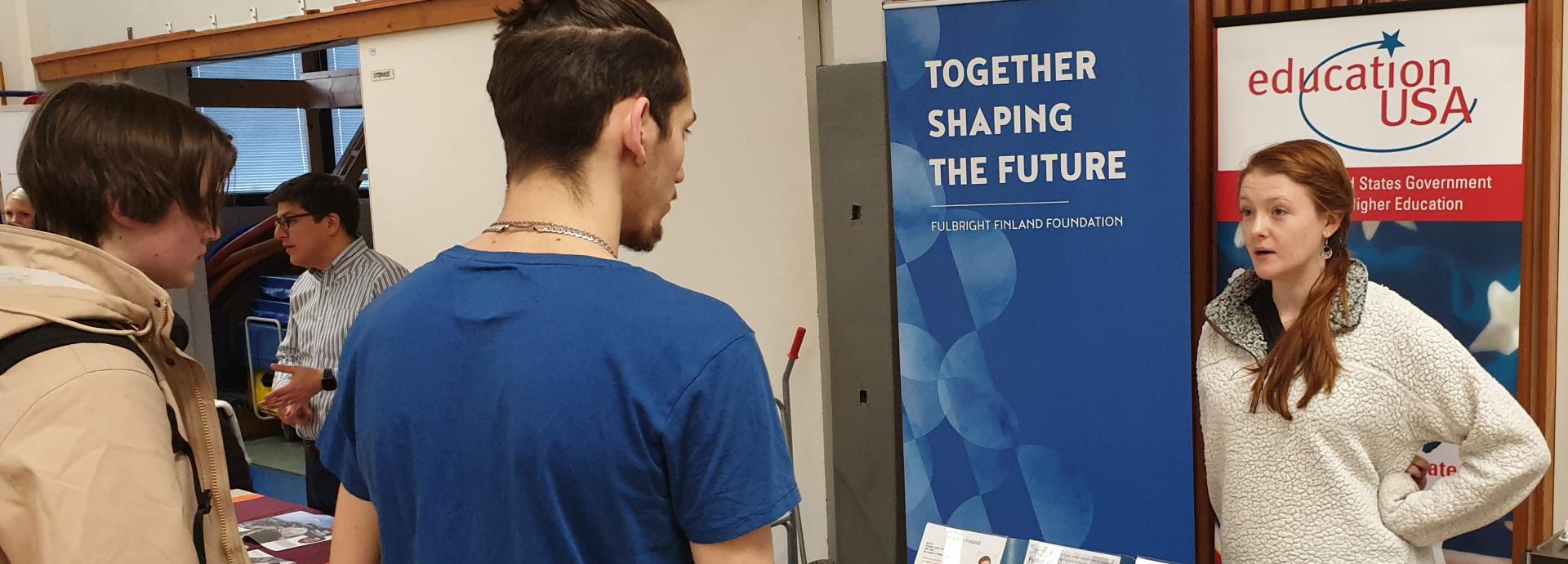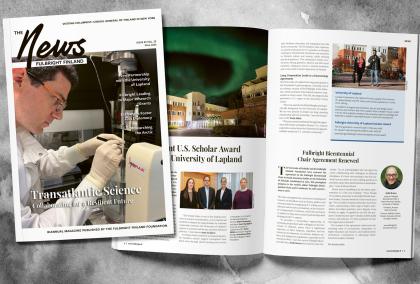

What is EducationUSA?
EducationUSA is a U.S. Department of State network of over 430 international student advising centers in more than 175 countries and territories. It helps students around the world explore opportunities to study at accredited postsecondary institutions in the United States by offering reliable and up-to-date information about U.S. higher education.
The U.S. Educational System
Familiarize yourself with the educational system in the U.S. before starting the university application process.
Special Features of U.S. Higher Education
Did you know that...
- there are universities that offer “need-blind admission" as well as full-need financial aid to all students, including international applicants. You can find a list of need-blind universities on our funding list webpage.
- you can transfer from one university to another and still graduate with a bachelor’s degree. You can also transfer from a 2-year community college to a 4-year university and graduate with a bachelor’s degree.
- you can apply for one 12-month Optional Practical Training (OPT) visa per each F-1 visa and completed degree and work post-graduation in the U.S.
- you can receive an athletic or academic scholarship that will cover your tuition costs.
- you can graduate with multiple majors and/or minors. You do not need to decide your major until the end of your sophomore year.
- your academic GPA is not the only determining factor for being admitted. Many U.S. universities have a holistic admission process that tries to consider all factors of the applicant.
Do you know...
- the difference between a university and a college?
- what a community college is?
- the difference between NCAA division one, two, and three conferences?
- what is an Ivy League college?
- what SAT, ACT, and/or TOEFL stand for?
- what does “graduating with honors” mean?
Read more information on U.S. higher education-specific terminology in the EducationUSA glossary. You can also reach out to the Fulbright Finland Foundation's EducationUSA advisers or read the Study in the U.S. Guide (in Finnish).
Lue lisää korkeakoulutuksesta Yhdysvalloissa suomeksi.
The Application Process in a Nutshell
Getting accepted to a university or college in the U.S. and starting your studies can be a long process and requires lots of planning. Factors to consider are where to study, how to choose the major field of study, and how to finance your studies. The list below will help you plan your journey.
5 steps to take:
- Find the university that best fits YOU: field of study, available majors, faculty's specialization/research focus, type of institution, location, cost of attendance, available funding, sports, extracurricular activities, etc.
- Make a realistic funding plan: do you qualify for a scholarship, financial aid from Finland or from the U.S. university, KELA, family savings and your own savings, make use of the rahoituslähdelista, etc.
- Complete your application: what are the admission requirements; SAT, ATC, or TOEFL tests, GPA, personal essay, recommendation letters, translating your grades, credential evaluation, etc.
- Apply for a visa
- Prepare for your departure: flights, insurance*, passport, bank account, housing, phone etc.
*Includes general tips for acquiring insurance, but also specific information for Fulbright Finland Foundation grantees only.
More detailed information about the steps: https://educationusa.state.gov/your-5-steps-us-study
Useful Resources
- EducationUSA events
- EducationUSA advising videos
- EducationUSA resources for parents
- U.S. News (Jan 9, 2025): Colleges that offer the most financial aid for international students
- Talk to those with firsthand experience of studying in the U.S. and contact the Fulbright Finland Outreach Ambassadors. Many of them have been or are currently students in the U.S. and are happy to share their experiences and tips with you.

Statistics on Finnish students in the U.S.
Ask tips from Finns who have studied in the U.S.
Contact the Fulbright Finland Outreach Ambassadors to receive tips and advice from Finnish students who have studied in the U.S. They are happy to share their experiences with you!
If you are a representative of a Finnish school and are interested in having our Outreach Ambassadors talk about study opportunities in the U.S. at your school, contact the Foundation first, and we can arrange for an Outreach Ambassador to visit your school.
Questions?



